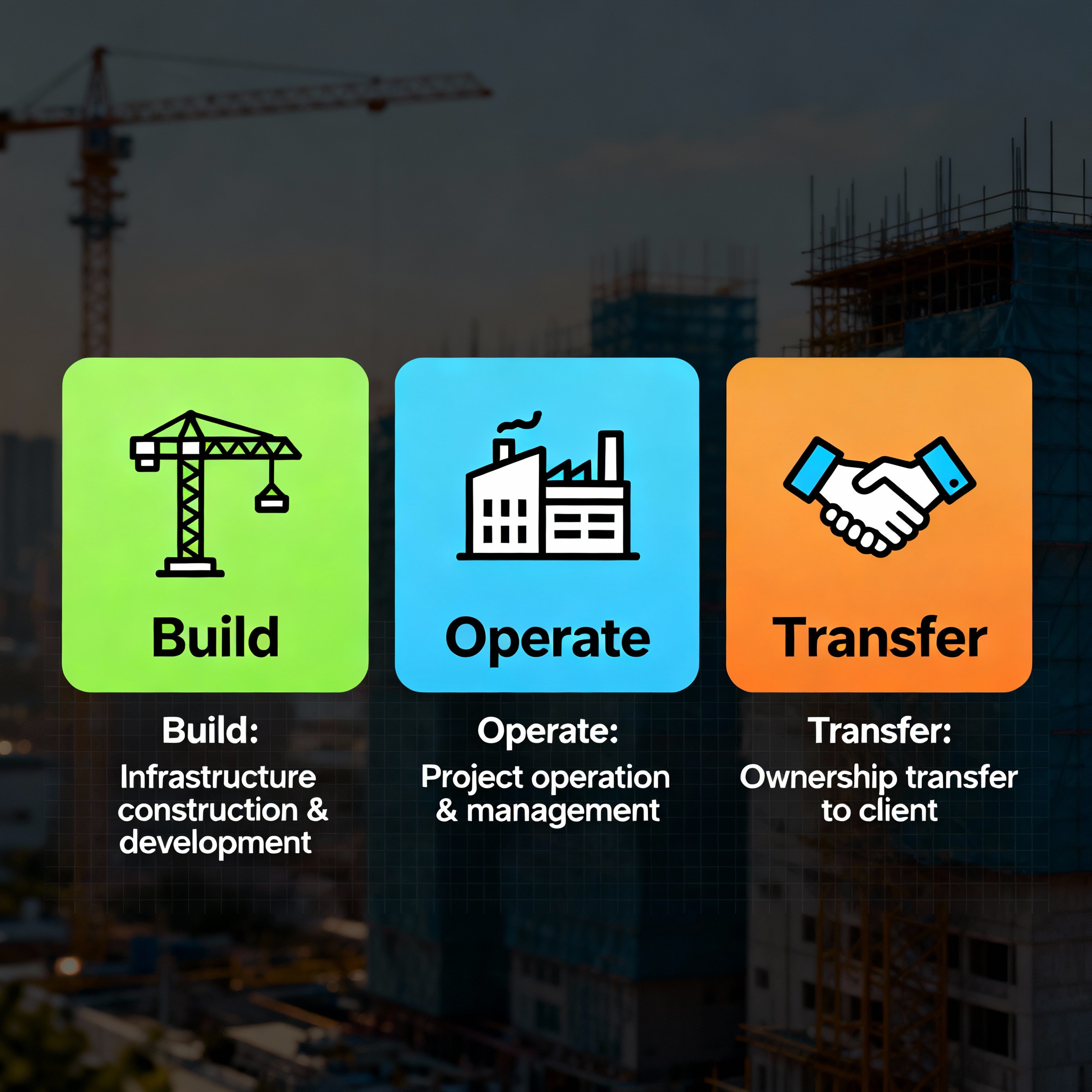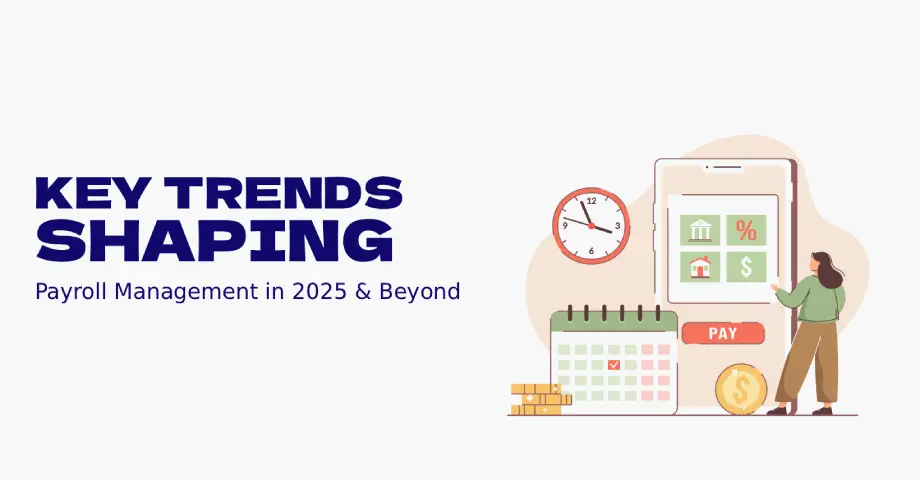Global Capability centers (GCCs) are no longer viewed as mere cost-cutting tools. Today, they are seen as strategic hubs that ensure innovation, capability and competitive advantage. In India, most GCCs operate under the “Build-Operate-Transfer” (BOT) model. BOT offers companies a proven, risk-free route to global migration.
In this guide we’ll walk through what a GCC center is, how to set it up step-by-step using BOT model, the main challenges, and best practices to succeed.
By the end of this blog, you will have a clear blueprint to create your GCC center in India — a center which evolves from being an operational presence to a strategic asset.
|Also Read: Why India is a Preferred Destination for a GCC Center|
Several factors make India a compelling choice for setting up a BOT/GCC center:
- Talent and Skills
India produces millions of STEM graduates every year, and has a large pool of engineers, data scientists, analytics experts, product engineers, etc. This gives you instant access to a deep talent pool. - Cost Efficiency
While cost-arbitrage is one of the benefits, India’s proposition now is more than just cheaper labor. When you open a GCC center in India, you get a mix of quality, scale, and cost advantage. - Mature Infrastructure & Ecosystem
India has multiple technology hubs, established IT parks, Special Economic Zones (SEZs), data center support, co-working spaces, and service partners. - Favorable Models & Government Support
The Indian regulatory environment has become more accommodating to global delivery centers. Incentives, SEZ benefits, tax frameworks, and work-permit/hiring frameworks have simplified in recent years. - Strategic Shift from Cost to Innovation
Indian centers are no longer only about back-office or repetitive tasks. They increasingly lead product engineering, AI/ML, analytics, digital platform builders. This adds strategic value. For example, India now hosts over half the world’s global capability centers, which in itself is a big feat.
In short: when you build your BOT center in India, you’re not just getting a “delivery outpost” — you’re positioning a strategic innovation node for your organization.
|Also Read: Why Global Businesses Are Turning to India for Build-Operate-Transfer (BOT)|
Step-by-Step Guide to Creating a Global Capability Center Using BOT Model
Setting up a Global Capability Center (GCC) in a foreign country is like charting an unknown territory. You need the right people, processes, and infrastructure — and most importantly, the right local partner who understands the regulatory framework and helps you stay compliant.
There are multiple ways to open your global capability center in India. Find out about each of them and choose the best offshore delivery model as per your need:
- Captive / wholly owned GCC from day one: In this model, you set up the entity, recruit, and operate yourself. While it offers higher control, the risks are also higher and it might take you longer to set up the entire process.
- BOT (Build-Operate-Transfer): Here, a local partner builds and runs the center in the initial phase. Once everything is up and running, you take over the control. The model offers lower initial risk, faster entry, and significant cost savings.
- Hybrid / Joint model: In this offshore delivery center, some parts are owned by you, while other are outsourced. It gives a mix of control and flexibility.
- Managed services/ Outsource model: You simply outsource certain functions instead of creating a full captive center. Offers lower control but significant cost savings compared to other models
While each model comes with its own pros and cons, the BOT model stands out as the most balanced approach. This model includes a 3-step process that includes:

Phase 1: The Build Phase
The Build phase focuses on laying a solid foundation — defining the purpose, selecting the right model, conducting feasibility studies, ensuring compliance, and setting up your infrastructure and team.
Step 1: Defining Purpose & Scope
The process begins by evaluating your goal: Why you are setting up the GCC in India. This step shapes your strategy, structure, and future transition plan.
Some questions to answer include:
- What business functions will be handled by your GCC unit: product engineering, analytics, finance and accounting, HR, or platform services?
- What KPIs and outcomes do you expect: cost savings, speed to market, global capability, IP creation, or anything else?
- What is the desired time frame and scale (e.g., 100 seats vs 1,000 seats)?
- Do you want to start lean and scale gradually, or go full-scale immediately?
This will help your BOT partner determine your operating model, governance, and transition strategy.
Step 2: Conducting Location Analysis
Selecting the right location in India is key. A BOT partner can help you score the right location for GCC setup in India – Bengaluru, Hyderabad, Pune, Chennai, or Gurugram. The right city can influence not just operational efficiency but also your ability to:
- Attract and retain top talent
- Seek benefits from the available infrastructural facilities
- Leverage local incentives and SEZ benefits, including tax rebates, simplified compliance procedures, and ease of doing business.
- Manage operational costs effectively while ensuring scalability
As part of location analysis, the BOT partner also assesses the risks – like the attrition rates in the city, competition for talent, regulatory or tax changes, and the potential impact of infrastructure disruptions.
|Also read: 7 Biggest Challenges in Setting Up a Global Capability Center (GCC) – and How to Overcome Them|
Step 3: Legal Entity Setup & Compliance
Once the location is fixed, the BOT partner helps you choose the right legal entity for your GCC and ensure compliance right from the outset. Key actions include:
- Deciding the entity structure (private limited, subsidiary, branch, liaison office) – often a wholly-owned subsidiary is chosen.
- Working around legal and regulatory compliance.
- Reviewing employment laws: Labor law compliance, statutory contributions (Provident Fund, Employee State Insurance), local state compliance.
- If using SEZ, special economic zone or IFC (international financial services center) zone, understanding the benefits, conditions, tax incentives (for example, certain exemptions for GCCs in IFC/GIFT City), and more.
The BOT partner does all the heavy-lifting for you, helping you build compliance and governance frameworks right from the start. This helps you reduce legal or regulatory surprises later that can delay transfer or undermine your center.
Step 4: Infrastructure & Technology Setup
Once the legal entity is in place, your BOT service provider moves to the physical and digital setup of your GCC center. Key aspects include:
- Choosing an office space with flexible scaling, ideally a tech park or SEZ.
- Setting up IT infrastructure for data center connectivity.
- Designing governance around security: ISO27001, DSCI/other frameworks, internal audits.
- Setting up seating, meeting rooms, collaboration zones, remote/hybrid connectivity, healthy amenities to support employee engagement and retention.
- Providing telecom connectivity, high-speed internet connections and dedicated leased lines.
- Ensuring business continuity and disaster recovery. India has multiple risk factors (power outages, natural disasters); build redundancy and resilience.
- Procuring computers, laptops, servers, licenses for tools, software, VPN access, and establish a remote working infrastructure.
- Integrating your GCC with parent company systems, ensuring time-zone alignment, data synchronization, and common reporting tools.
Step 5: Talent Acquisition & Onboarding
Talent is the lifeblood of your GCC center. To build an able team, your BOT partner helps you:
- Define roles and competencies based on the scope of functions you laid out in Step 1.
- Source the right candidates for the job roles.
- Onboard and train resources, emphasizing knowledge transfer, culture alignment with the parent organization, and upskilling.
- Hire a local leadership team (center head, HR lead, operations lead) who can bridge global HQ and local operations.
- Transit planning for the ownership to be eventually transferred to you.
Step 6: Setting Up Operational Framework & Governance
Your GCC center will need strong governance and operational frameworks so that when transfer happens, there is no disruption. This includes:
- Establishing reporting lines & accountability (KPIs, dashboards, escalation matrix).
- Laying down service-level agreements (SLAs): defining performance metrics, quality levels, and turnaround times.
- Monitoring regulatory compliance, audit trails, data security, IP protection, business continuity.
Phase 2: The Operate Phase
During this phase, your BOT partner will operate and monitor your GCC for you. This includes:
- Ramping up the headcount and functions based on the plan.
- Standardizing processes and implementing automation where possible to enable efficiency.
- Achieving initial KPIs: cost metrics, quality metrics, turnaround times, customer satisfaction (if applicable), innovation outputs.
- Creating documentation of processes, roles, responsibilities, escalation paths, tools, and workflows. This will ease the eventual transfer phase.
- Identifying and fixing areas of inefficiency, invest in automation/AI/analytics for value-add.
- Aligning the team with global company culture.
- Starting parallel planning of transfer — mapping assets, roles, contracts, knowledge, SLAs, legal/employee transitions.
- Monitoring attrition, while strengthening talent pipelines.
Phase 3: The Transfer Phase
At the defined milestone (for example, after 18-24 months), your BOT partner “Transfers” the GCC ownership to you. Key steps include:
- Shifting asset ownership (office lease, equipment), employee contracts (if transitioning to your subsidiary), operational control, governance, etc.
- Knowledge handover – handing over playbooks, process documents, team and controls.
- Communicating the new structure to employees, stakeholders, maintaining culture continuity and morale.
- Aligning the Indian center as a fully-owned and governed subsidiary of the parent company, with full reporting, alignment with global strategy, from now on.
- Continuously monitoring the performance, ensuring that the center continues to scale, evolve, and contribute strategically.
|For You: How to Choose a BOT Partner That Sets Your GCC Up for Success|
Conclusion
Setting up a GCC in India is a strategic endeavor. That’s why it is important to partner with the experts. They can help you chalk out a structured roadmap and position you for long-term success.
At KnowVisory Global, we help organizations establish and scale Global Capability Centers (GCCs) in India through our proven Build-Operate-Transfer (BOT) model. From choosing the right location to recruiting the right team and setting up a robust operational framework, we manage every phase with precision and transparency — enabling you to focus on growth while we handle the groundwork.
Ready to build your GCC in India with confidence?
Contact us today to explore how we can help you set a high-performing, future-ready GCC tailored to your business goals.
Schedule a discovery call today!


